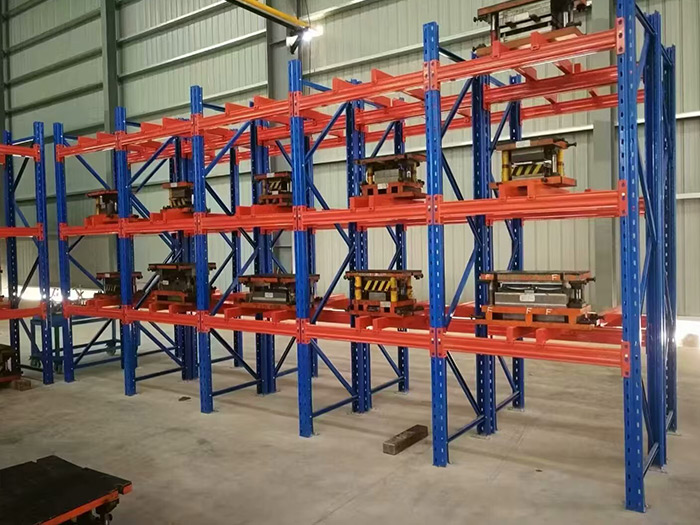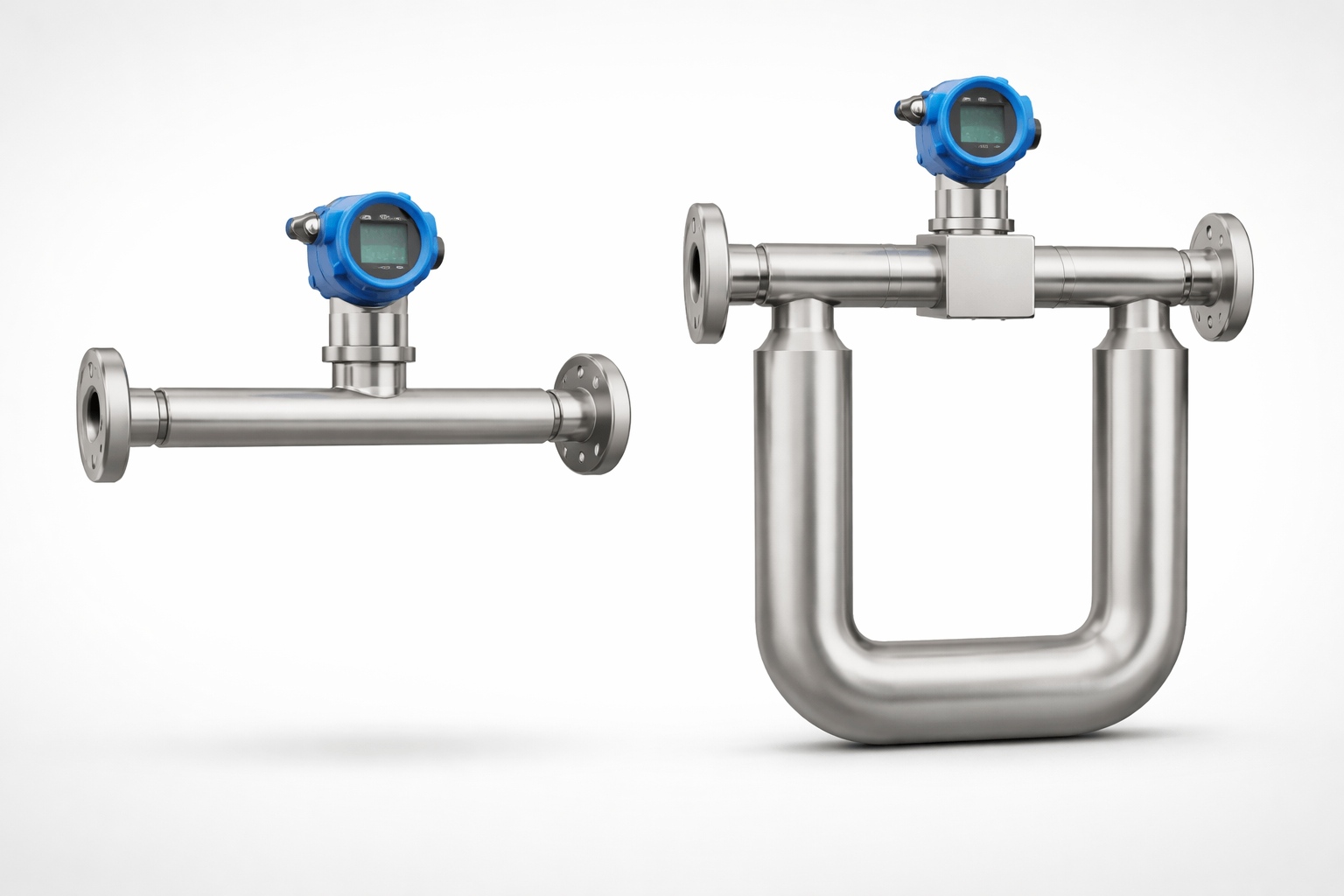When it comes to interior construction and renovation, one of the most frequently debated topics is the choice between ceiling tiles and drywall. Homeowners, contractors, and designers alike often find themselves weighing the pros and cons of each option, particularly in terms of cost. A common question arises: Are ceiling tiles cheaper than drywall? This blog post will delve into the financial implications, installation processes, maintenance considerations, and aesthetic values of both materials, providing a comprehensive analysis to help you make an informed decision.
Understanding the Basics: Ceiling Tiles vs. Drywall
Before we dive into the cost comparison, it’s essential to understand what ceiling tiles and drywall are. Ceiling tiles are typically made from materials like mineral fiber, PVC, or metal and are designed to be suspended from a grid system. Drywall, on the other hand, consists of gypsum plaster sandwiched between two sheets of heavy paper and is commonly used for walls and ceilings.
Cost Analysis: Initial Investment
When evaluating whether ceiling tiles are cheaper than drywall, the initial cost is a critical factor.
- Material Costs:
- Ceiling Tiles: The price of ceiling tiles can vary widely based on the material and design. Basic mineral fiber tiles can cost as little as $0.50 to $2.00 per square foot, while more decorative options can range from $3.00 to $10.00 per square foot.
- Drywall: Standard drywall sheets typically cost between $0.40 and $0.65 per square foot. However, additional costs for joint compound, tape, and finishing materials must be considered.
- Installation Costs:
- Ceiling Tiles: The installation of ceiling tiles can be more straightforward, especially for those opting for a drop ceiling. This method allows for easy access to plumbing and electrical systems above the tiles. Installation costs can range from $1.00 to $3.00 per square foot, depending on the complexity of the grid system.
- Drywall: Installing drywall requires more labor-intensive work, including cutting, hanging, taping, and finishing. This can lead to higher labor costs, typically ranging from $1.50 to $3.50 per square foot.
Long-Term Considerations: Maintenance and Durability
While initial costs are crucial, long-term maintenance and durability should also be factored into your decision.
- Ceiling Tiles:
- Maintenance: Ceiling tiles are generally easier to maintain. They can be cleaned with a damp cloth or replaced individually if damaged. However, certain materials may be prone to staining or sagging over time, particularly in high-humidity areas.
- Durability: Depending on the material, ceiling tiles can last anywhere from 10 to 30 years. Metal tiles, for example, are highly durable and resistant to moisture.
- Drywall:
- Maintenance: Drywall can be more challenging to repair. Any damage typically requires patching and repainting, which can be time-consuming and costly. However, drywall is less susceptible to moisture damage if properly sealed.
- Durability: Drywall can last for decades, but it is more vulnerable to impacts and moisture, which can lead to mold growth if not addressed promptly.
Aesthetic Appeal: Design Flexibility
Aesthetics play a significant role in choosing between ceiling tiles and drywall.
- Ceiling Tiles: Available in a myriad of designs, colors, and textures, ceiling tiles offer greater flexibility for creative ceiling designs. They can enhance the visual appeal of a space, making them a popular choice for commercial settings and modern homes.
- Drywall: While drywall provides a clean and seamless look, it offers less design flexibility compared to ceiling tiles. However, it can be easily painted or textured to match the overall decor of a room.
Conclusion: Making the Right Choice
So, are ceiling tiles cheaper than drywall? The answer is nuanced. While ceiling tiles may have a lower initial material cost and easier installation, drywall often provides a more seamless finish and long-term durability. The choice ultimately depends on your specific needs, budget, and aesthetic preferences.






